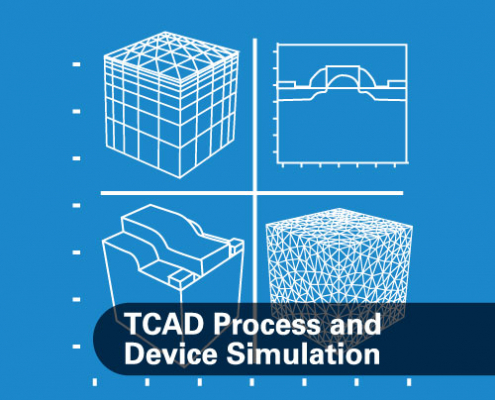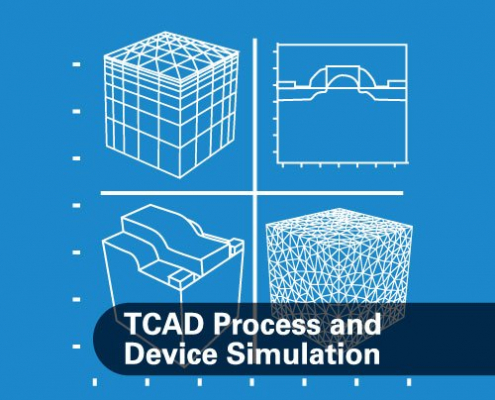 /wp-content/uploads/2019/11/silvaco-logo.png
0
0
Erick Castellon
/wp-content/uploads/2019/11/silvaco-logo.png
Erick Castellon2020-02-26 17:54:392020-02-26 17:54:39SOI Technology
/wp-content/uploads/2019/11/silvaco-logo.png
0
0
Erick Castellon
/wp-content/uploads/2019/11/silvaco-logo.png
Erick Castellon2020-02-26 17:54:392020-02-26 17:54:39SOI Technology /wp-content/uploads/2019/11/silvaco-logo.png
0
0
Erick Castellon
/wp-content/uploads/2019/11/silvaco-logo.png
Erick Castellon2020-02-26 17:52:492021-12-13 13:50:38TFT Technology
/wp-content/uploads/2019/11/silvaco-logo.png
0
0
Erick Castellon
/wp-content/uploads/2019/11/silvaco-logo.png
Erick Castellon2020-02-26 17:52:492021-12-13 13:50:38TFT Technology /wp-content/uploads/2019/11/silvaco-logo.png
0
0
Erick Castellon
/wp-content/uploads/2019/11/silvaco-logo.png
Erick Castellon2020-02-26 02:17:032020-02-26 02:17:03Compound Devices
/wp-content/uploads/2019/11/silvaco-logo.png
0
0
Erick Castellon
/wp-content/uploads/2019/11/silvaco-logo.png
Erick Castellon2020-02-26 02:17:032020-02-26 02:17:03Compound Devices /wp-content/uploads/2019/11/silvaco-logo.png
0
0
Erick Castellon
/wp-content/uploads/2019/11/silvaco-logo.png
Erick Castellon2020-02-26 02:07:342020-02-26 02:07:34CMOS Technology
/wp-content/uploads/2019/11/silvaco-logo.png
0
0
Erick Castellon
/wp-content/uploads/2019/11/silvaco-logo.png
Erick Castellon2020-02-26 02:07:342020-02-26 02:07:34CMOS Technology /wp-content/uploads/2019/11/silvaco-logo.png
0
0
Erick Castellon
/wp-content/uploads/2019/11/silvaco-logo.png
Erick Castellon2020-02-26 01:58:072020-02-26 01:58:07Process Simulation
/wp-content/uploads/2019/11/silvaco-logo.png
0
0
Erick Castellon
/wp-content/uploads/2019/11/silvaco-logo.png
Erick Castellon2020-02-26 01:58:072020-02-26 01:58:07Process Simulation /wp-content/uploads/2019/11/silvaco-logo.png
0
0
Graham Bell
/wp-content/uploads/2019/11/silvaco-logo.png
Graham Bell2020-02-19 00:07:132025-05-09 01:49:43Weebit Nano와 실바코가 ReRAM 도입을 증가시킬 새로운 시뮬레이션 기능을 개발
/wp-content/uploads/2019/11/silvaco-logo.png
0
0
Graham Bell
/wp-content/uploads/2019/11/silvaco-logo.png
Graham Bell2020-02-19 00:07:132025-05-09 01:49:43Weebit Nano와 실바코가 ReRAM 도입을 증가시킬 새로운 시뮬레이션 기능을 개발
Victory Atomistic으로 혁신적인 나노소자의 TCAD 구현
2020년 2월 14일 | 3:00am-3:30am (한국 시각)
실바코 TCAD 툴 중 하나인 Victory Atomistic (VA)의 시뮬레이션 성능을 소개합니다. VA는 퍼듀 대학에서 만든 NEMO5 소프트웨어에 기초한 다목적 나노소자 시뮬레이션 툴입니다.

에너지 효율적인 신경 컴퓨팅을 위한 2D 진동 신경 네트워크
2020-02-05

For Next Generation Nanowires, Simulation from Atoms to SPICE
As process nodes continue to shrink, the requirement for additional physics-based simulation is gradually creeping into each stage of the design process. By way of illustration, Technology Computer Aided Design (TCAD) simulations are becoming more atomistic in nature, SPICE models are becoming process aware to take account of localized strain effects, and back or middle end of line (BEOL or MEOL) parasitics are moving from exclusively two-dimensional (2D) rule-based solutions to full 3D structure field solvers for numerous critical sections of the layout.

Atomistic Analysis and Next Generation Computing at IEDM 2019
IEDM is THE device conference with more than a thousand participants from major companies and R&D institutes. Many talks were dedicated to new memory devices and circuits, including Ferroelectrics, MRAM, RRAM, driven by the requirements of AI processing. EUV is definitely there for 3nm and beyond. 3D integration was shown for LP-HP logic and RF. Gate-All-Around devices, with nanowires or nanosheets are mature versus FinFET.
